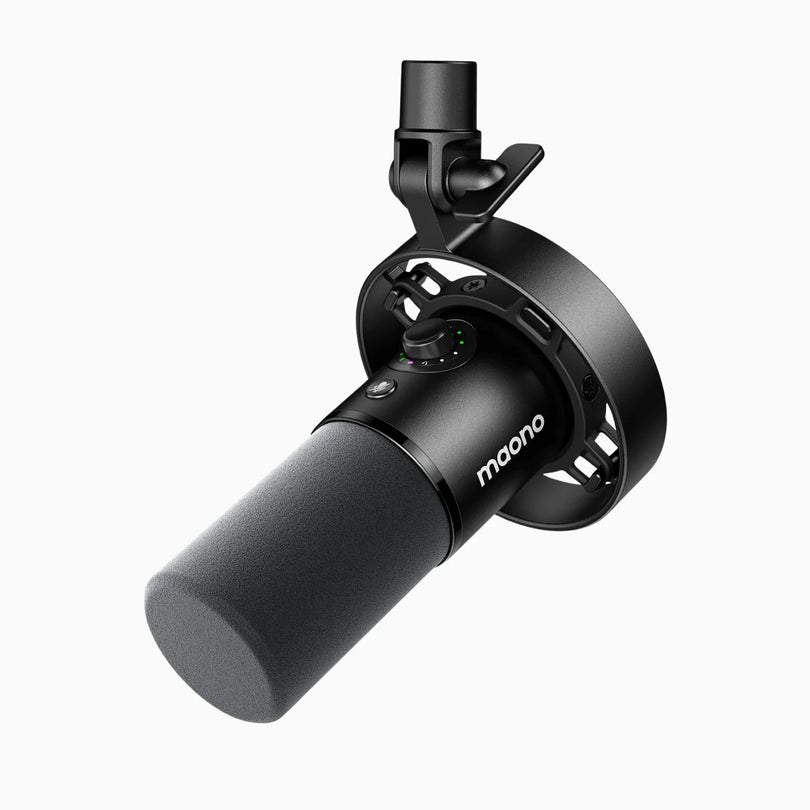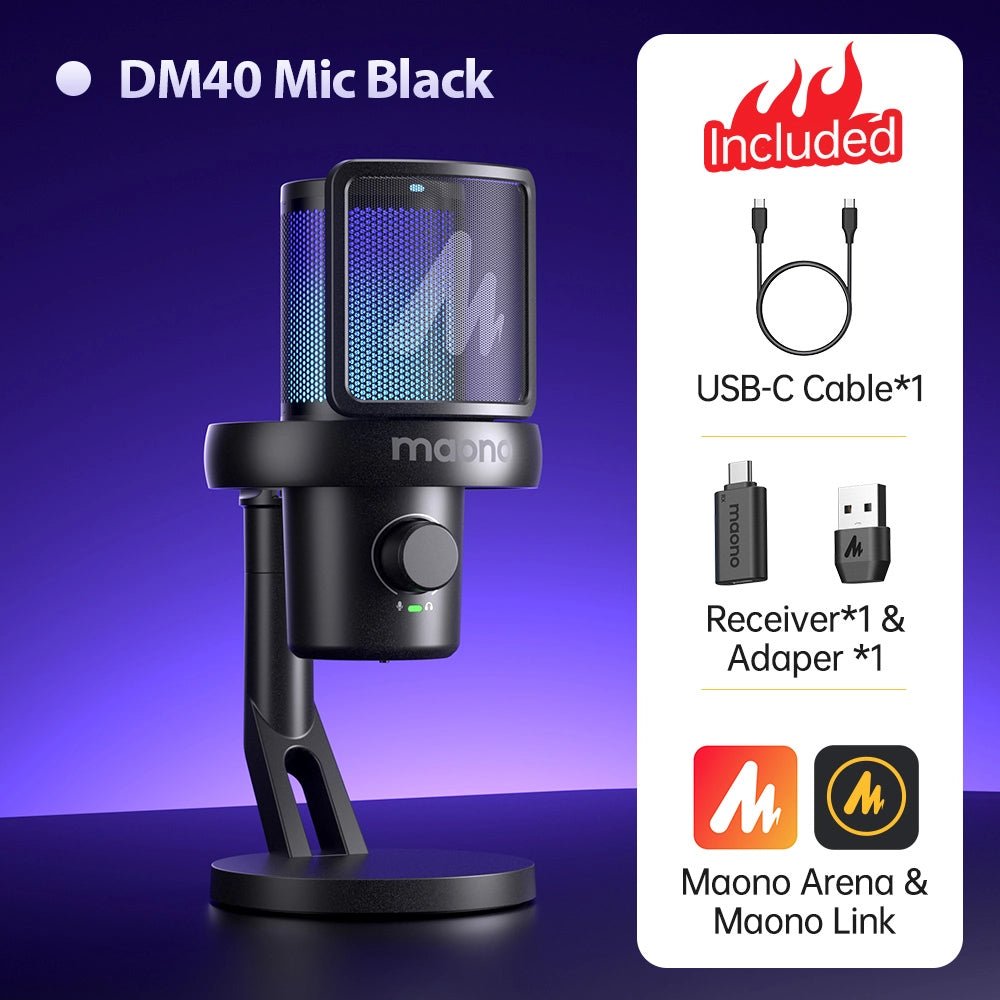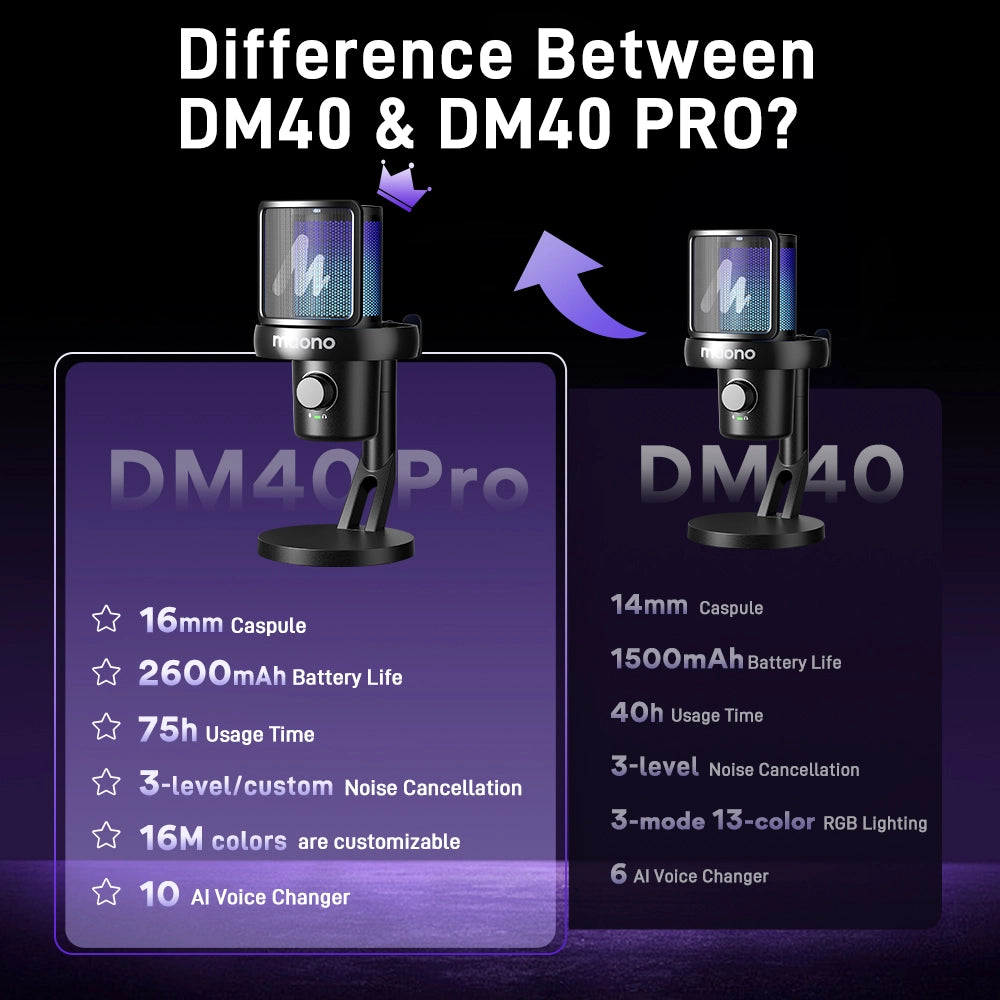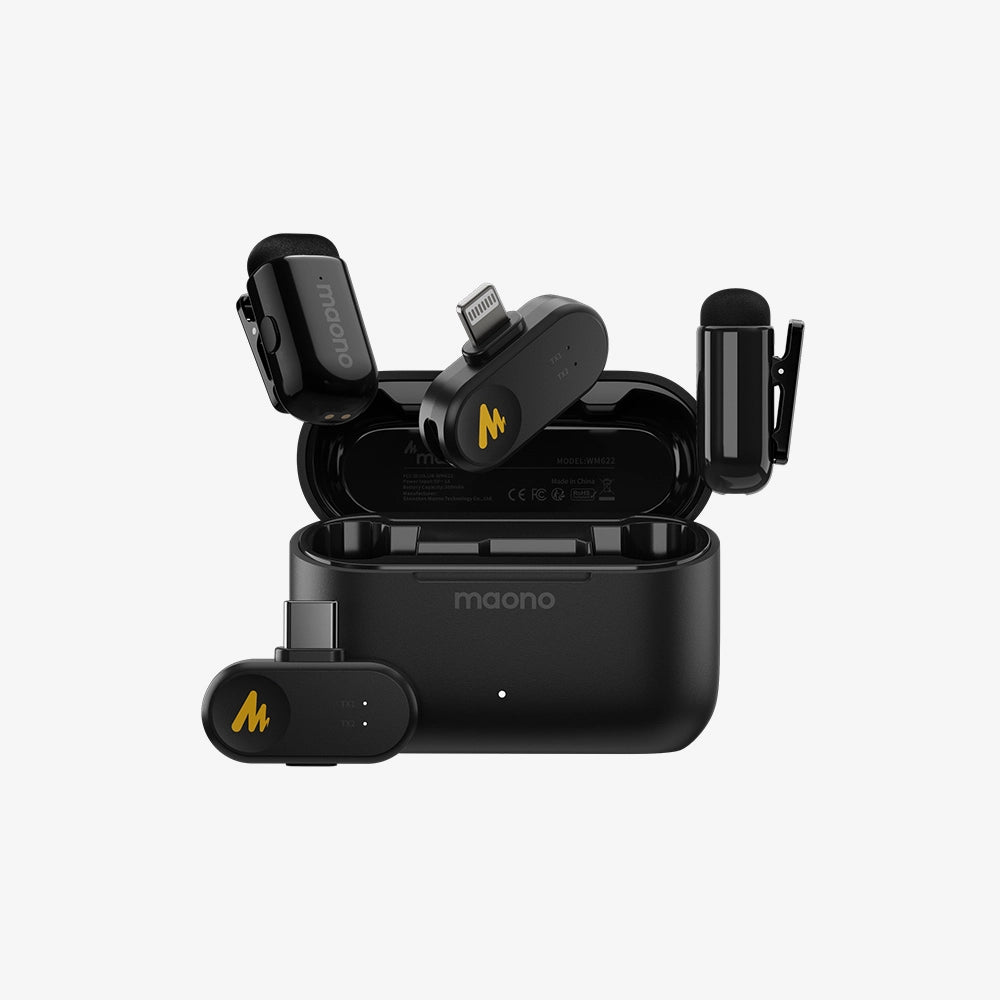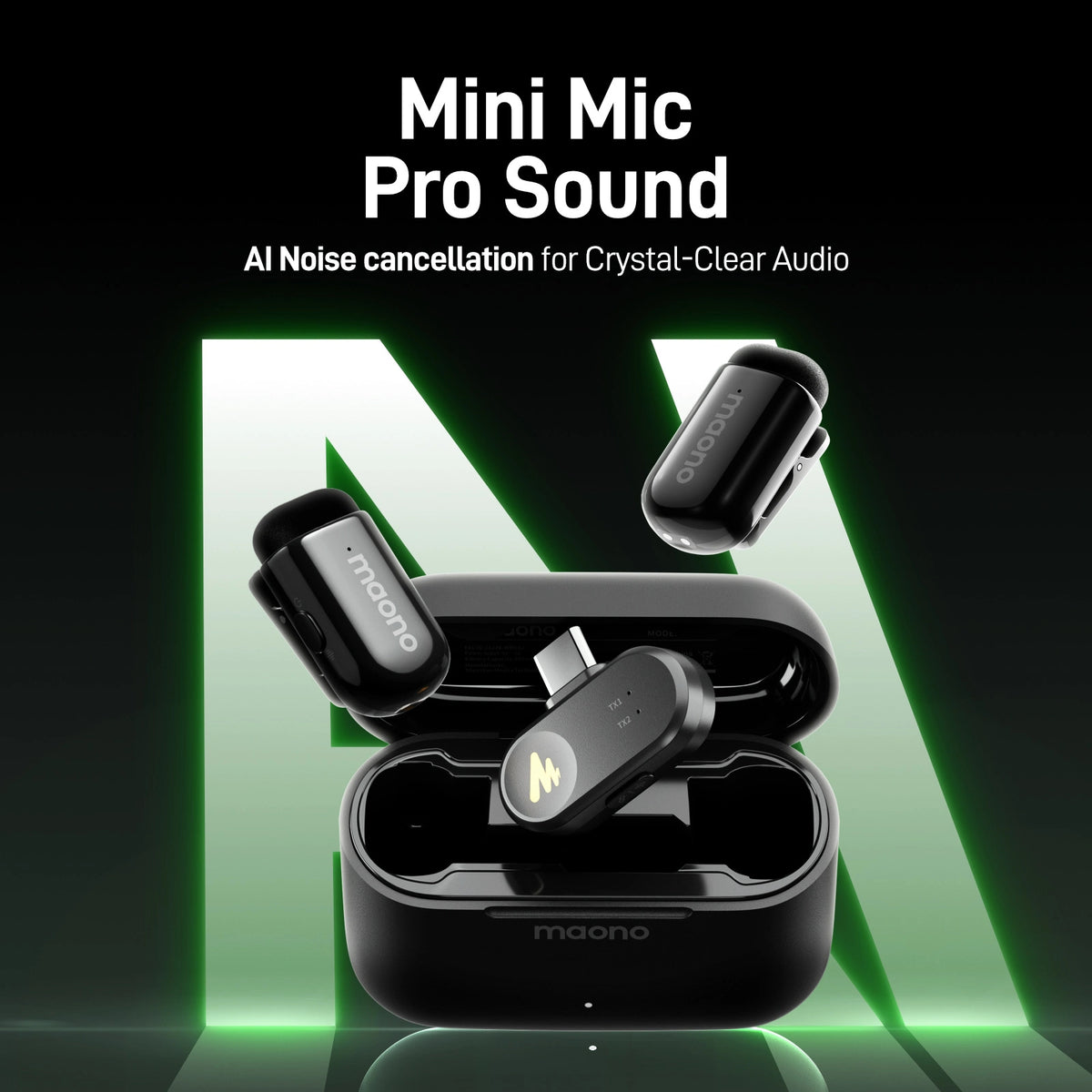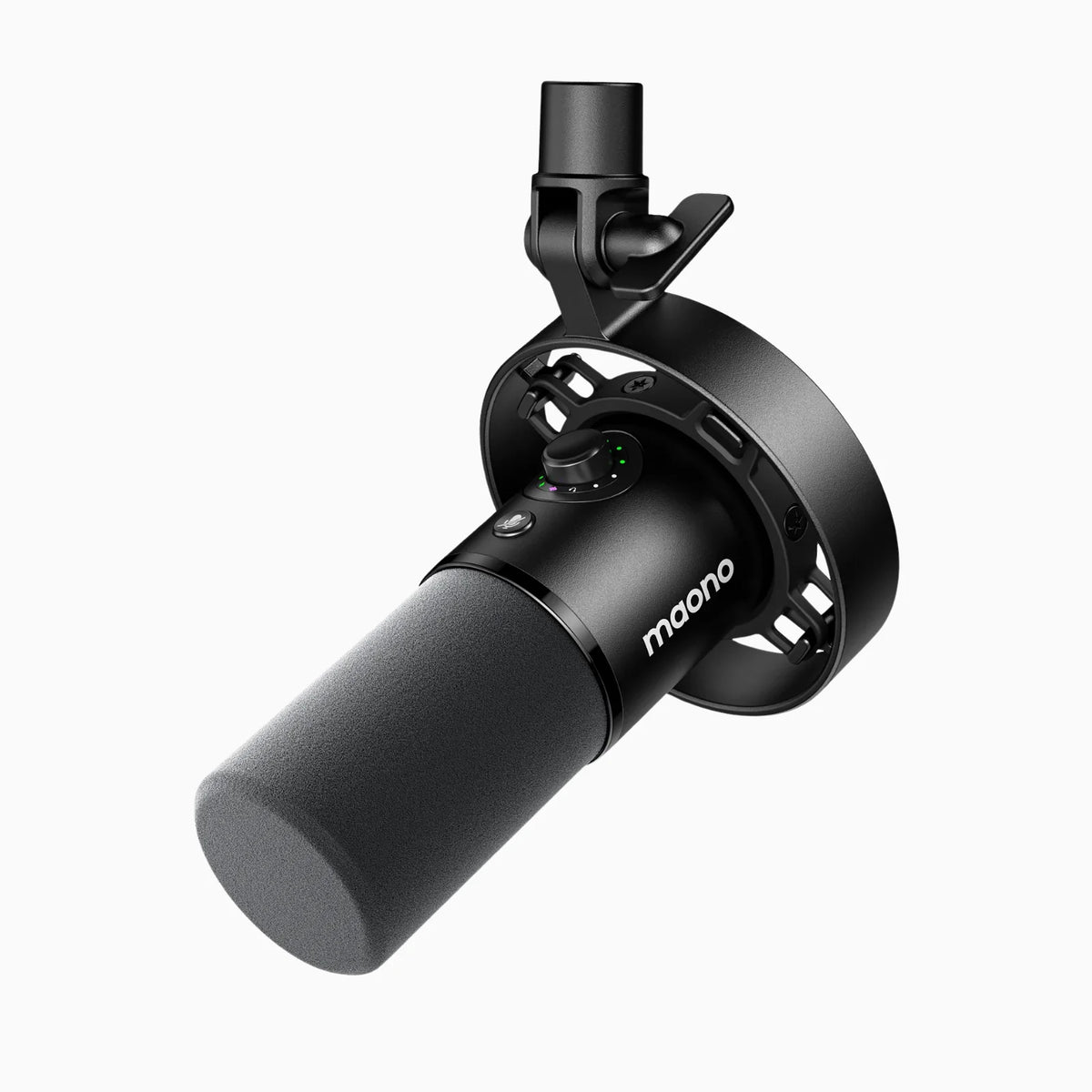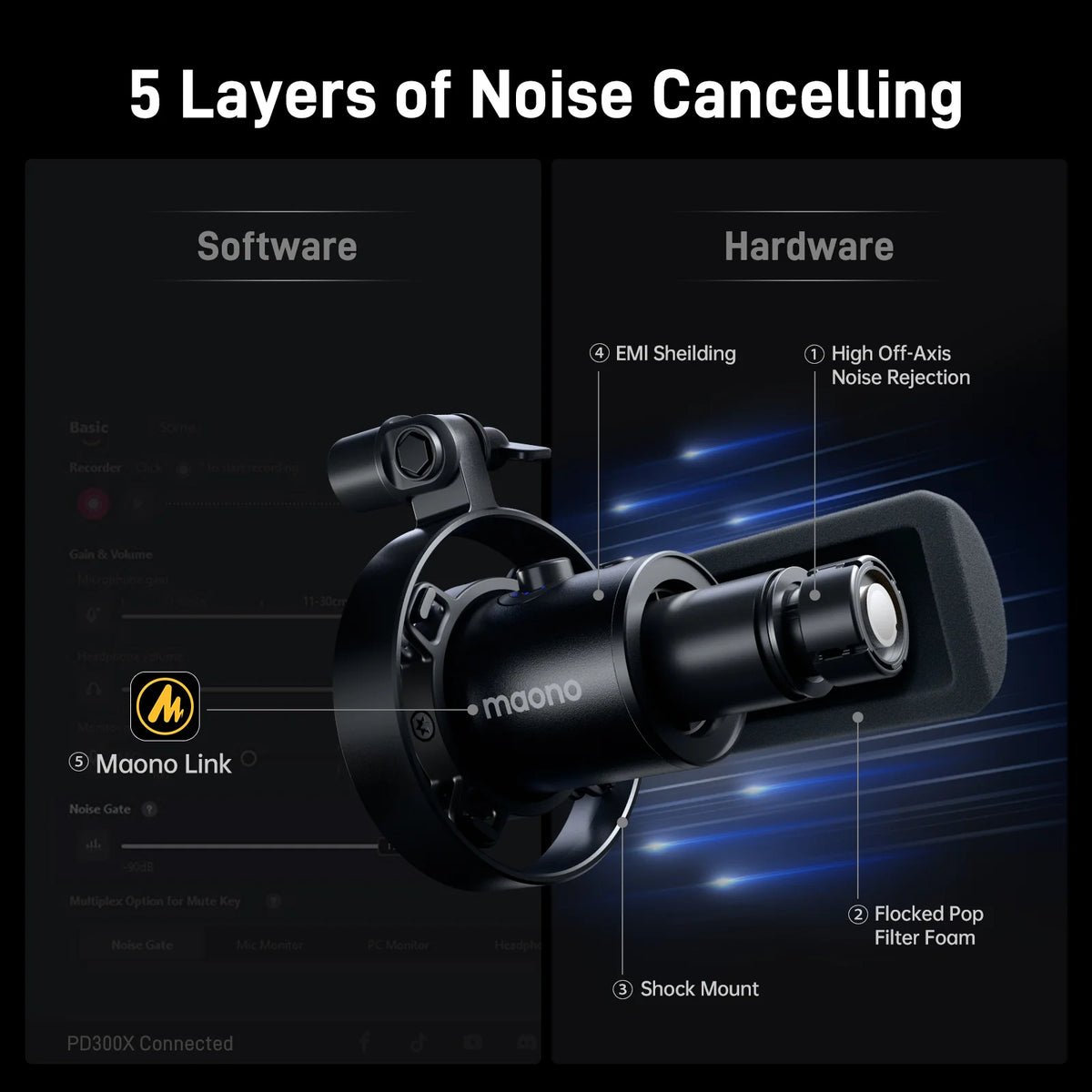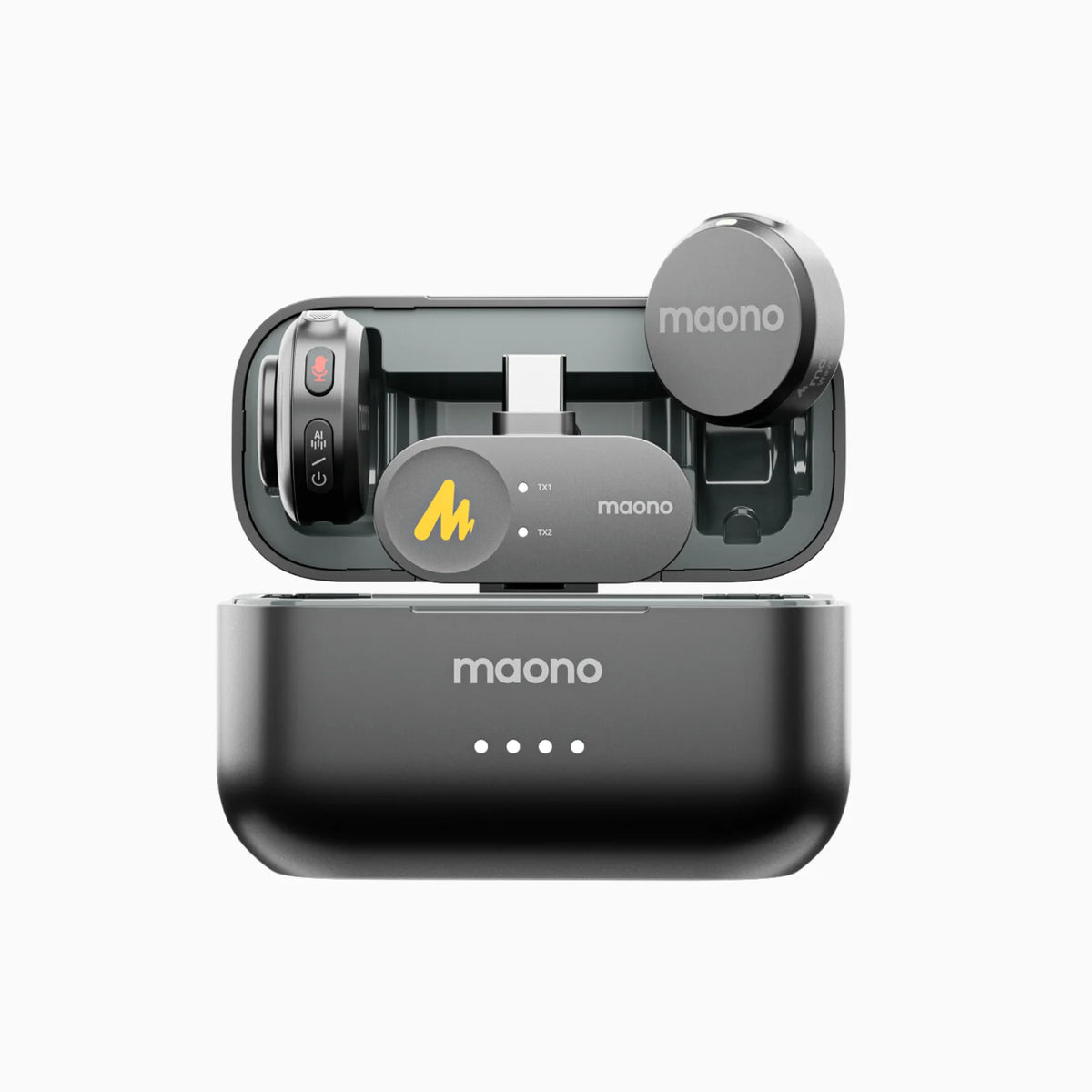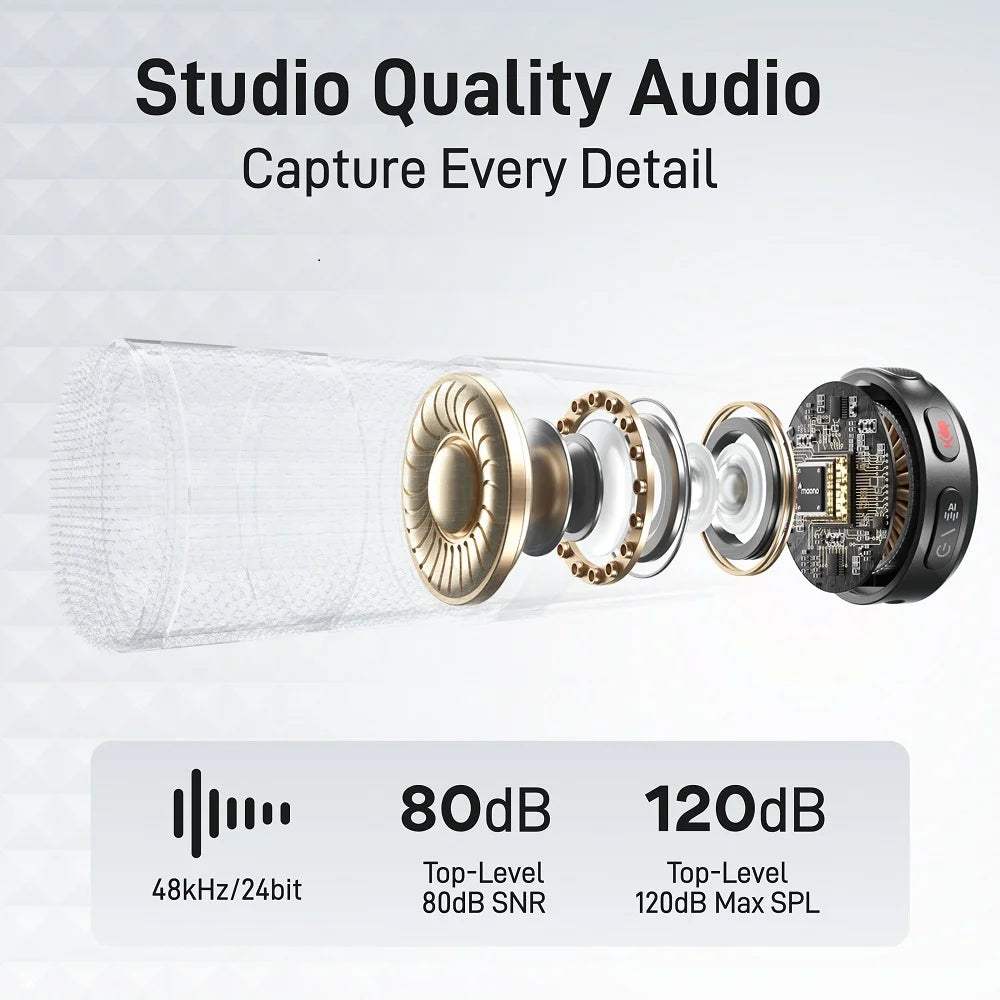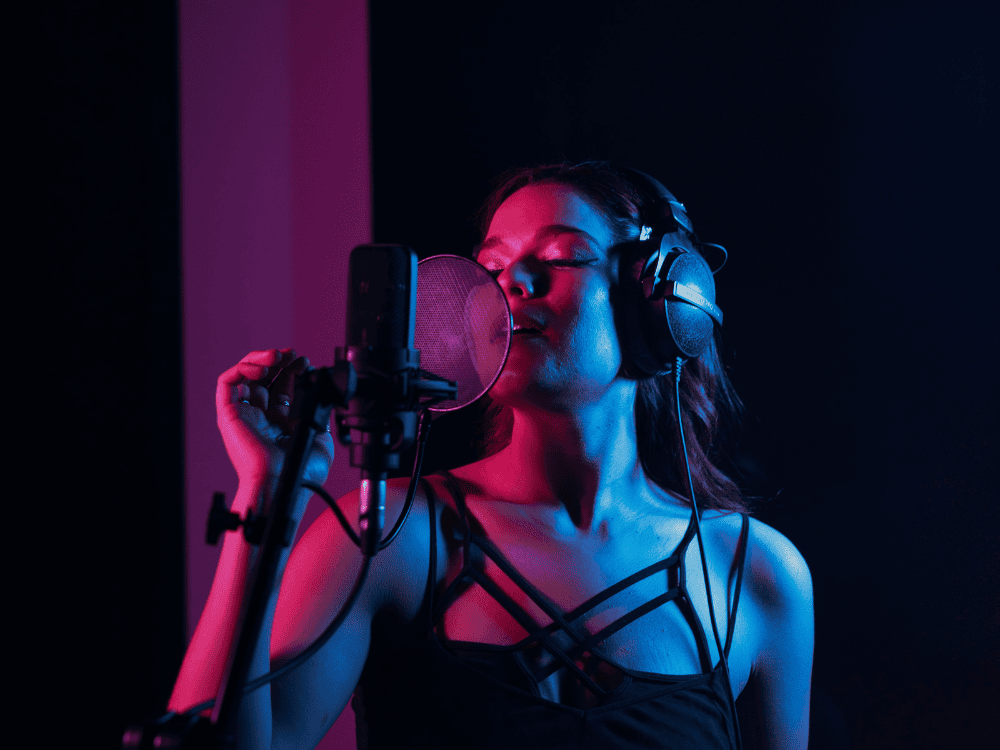Achieving studio-quality sound at home hinges on one critical component: a low-latency audio interface. Whether you’re recording vocals, instruments, or podcasts, this essential tool ensures every note you play or word you speak is captured with precision and minimal delay, giving your recordings the professional edge they deserve.
What is a Low Latency Audio Interface?
In home recording, achieving high-quality sound is essential, and one of the most critical components in any recording setup is the audio interface. An audio interface acts as the bridge between your instruments, microphones, and your computer, converting analog signals into digital data and vice versa. However, not all audio interfaces are created equal, and one of the most important features to consider when choosing an audio interface is latency.
Latency, in simple terms, is the delay between the time you play a note or sing into a microphone and when you hear it back through your headphones or speakers. A low-latency audio interface is specifically designed to minimize this delay, allowing for real-time monitoring and a more seamless recording experience.
Why is a Low Latency Audio Interface Important in Audio Recording?
Low latency is crucial in audio recording because it directly impacts the quality and precision of your recordings. When latency is too high, it can cause noticeable delays that disrupt the flow of your performance, making it difficult to play or sing in time with your tracks. This is particularly important for musicians and producers who require real-time feedback to achieve tight, synchronized recordings. A low-latency audio interface ensures that what you play is what you hear almost instantaneously, leading to more accurate and professional results.
What is Low Latency in Audio?
In the context of audio, latency refers to the time it takes for an audio signal to travel from the source (such as a microphone or instrument) through the audio interface, and then be processed by the computer before it is output through headphones or speakers. Low latency means this process happens very quickly, typically within a few milliseconds, making the delay imperceptible to the human ear.
High latency, on the other hand, can cause delays that are noticeable and disruptive, especially in live recording or performance settings. For instance, if you’re recording vocals and there’s a delay in hearing your voice through the headphones, it can throw off your timing and make it difficult to deliver a smooth performance.
How Does a Low Latency Audio Interface Help in Audio Recording?
A low-latency audio interface plays a critical role in ensuring that the recording process is smooth and uninterrupted. Here’s how it helps:
- Real-Time Monitoring: With low latency, you can monitor your recordings in real time, allowing you to hear exactly what you’re playing or singing as you’re doing it. This is essential for maintaining timing and rhythm, particularly when recording multiple tracks or layers.
- Precision in Performance: Musicians need to hear themselves in sync with the backing track to perform accurately. Low latency ensures that what they hear in their headphones is perfectly in time with the music, leading to a tighter, more polished recording.
- Enhanced Workflow: Low latency reduces the need for multiple takes due to timing issues, streamlining the recording process and making it more efficient. This is especially beneficial in home studios where time and resources may be limited.
How Do USB Audio Interfaces Successfully Handle Latency?
USB audio interfaces are among the most popular choices for home recording due to their affordability and ease of use. But how do they manage latency effectively?
- Buffer Size Adjustments: USB audio interfaces allow you to adjust the buffer size in your recording software. A smaller buffer size reduces latency but requires more processing power. Conversely, a larger buffer size reduces the strain on your computer but increases latency. Finding the right balance is key to managing latency effectively.
- Direct Monitoring: Many USB audio interfaces offer a direct monitoring feature, which allows you to hear your input signal directly from the interface without it going through the computer first. This bypasses the potential latency introduced by your DAW (Digital Audio Workstation) and gives you near-zero latency monitoring.
- ASIO Drivers: USB audio interfaces typically use ASIO (Audio Stream Input/Output) drivers, which are designed for low-latency and high-fidelity audio. These drivers allow the interface to communicate directly with your computer’s audio hardware, reducing the time it takes for audio signals to be processed.
Top 5 Low Latency Audio Interfaces
Choosing the right audio interface for PC depends on your specific needs, whether you’re recording vocals, instruments, or both. Here are five of the top audio interfaces with low latency for 2024, that offer excellent performance for home recording:
1. Maonocaster Lite AM200 Audio Interface

The Maonocaster Lite AM200 is an excellent choice for beginners and budget-conscious home studio owners. This compact audio interface offers low latency performance and comes with a range of features, including multiple inputs, built-in sound effects, and real-time monitoring. It’s particularly well-suited for podcasters, vocalists, and musicians looking for an affordable yet reliable option.
Key Features:
- Multiple input channels
- Built-in sound effects and EQ
- Real-time monitoring with low latency
2. Focusrite Scarlett 2i2 (3rd Gen): Audio interface for guitar
The Focusrite Scarlett 2i2 is one of the most popular audio interfaces on the market, known for its exceptional sound quality and low latency performance. It features two high-quality preamps and offers USB-C connectivity for fast data transfer. The Scarlett 2i2 is and ideal audio interface for guitar, for recording vocals, and other instruments.
Key Features:
- Two award-winning preamps
- USB-C connectivity
- Low latency monitoring
3. MaonoCaster AME2 Portable Podcast Studio

For those looking for a portable and versatile solution, the MaonoCaster E2 is a standout option. This all-in-one podcast production studio includes a built-in audio interface, sound effects, and voice effects, making it perfect for podcasters and content creators. Its low latency performance ensures smooth, real-time audio processing, even when recording multiple tracks.
Key Features:
- Integrated audio interface and sound effects
- Low latency with real-time monitoring
- Portable and easy to use
4. PreSonus AudioBox USB 96
The PreSonus AudioBox USB 96 is a robust and reliable audio interface that offers low latency and high-resolution audio. It’s equipped with two combo inputs for microphones and instruments, making it versatile for various recording needs. The AudioBox USB 96 is a great choice for home studio owners who need a dependable interface with straightforward operation.
Key Features:
- High-resolution audio at 24-bit/96kHz
- Two combo inputs for versatility
- Low latency performance
5. Behringer UMC404HD
The Behringer UMC404HD offers four inputs and outputs, making it a versatile option for more complex recording setups. It’s known for its ultra-low latency and high-quality preamps, which deliver clear and detailed sound. This interface is ideal for musicians who need to record multiple instruments simultaneously.
Key Features:
- Four inputs and outputs
- Ultra-low latency
- High-quality MIDAS preamps
Which Audio Interface is Economically Good for Home Recording?
If you’re looking for an economical option for home recording, particularly for recording acoustic guitars and vocals, the Focusrite Scarlett 2i2 is a top choice. It offers high-quality sound, low latency, and ease of use at an affordable price point. Additionally, the Maono AU-AM200 is another budget-friendly option that provides excellent value for podcasters and musicians alike.
How Do You Use an Audio Interface?
Using an audio interface is relatively straightforward:
- Connect the Interface: Plug the audio interface into your computer using the provided USB cable. Most modern interfaces are plug-and-play, but you may need to install drivers or firmware updates.
- Connect Your Equipment: Plug your microphone, instrument, or other audio source into the appropriate input on the audio interface.
- Adjust Settings: Open your DAW and select the audio interface as your input/output device. Adjust the gain on the interface to ensure the input levels are neither too low nor too high, avoiding distortion.
- Monitor Your Sound: Use headphones connected to the audio interface to monitor your sound in real-time. Make sure the direct monitoring feature is enabled if you need zero-latency feedback.
- Record: Start recording in your DAW, making sure to keep an eye on your levels to avoid clipping.
FAQs
1. How Do I Update the Drivers or Firmware for My Maono Audio Interface?
To update the drivers or firmware for your Maono audio interface:
- Visit the official Maono website and navigate to the support or downloads section.
- Find your specific audio interface model and download the latest drivers or firmware.
- Follow the installation instructions provided on the website to complete the update.
2. What Are Some Recommended Accessories for Use with Maono Audio Interfaces?
Recommended accessories for Maono audio interfaces include:
- Pop Filter: Reduces plosive sounds during vocal recordings.
- Shock Mount: Minimizes vibrations and mechanical noise.
- Headphones: For real-time monitoring and mixing.
- Microphone Stand: Provides stable positioning for your microphone.
3. What Are the Advantages of Using a Dedicated Audio Interface Like Those from Maono Over Built-in Sound Cards?
Dedicated audio interfaces offer several advantages over built-in sound cards:
- Better Sound Quality: Dedicated interfaces provide higher-quality preamps and converters, resulting in clearer, more detailed audio.
- Low Latency: They are designed for low-latency performance, essential for real-time monitoring and recording.
- Versatility: Dedicated interfaces offer more input/output options and greater control over audio settings.
Conclusion
Investing in a low-latency audio interface is essential for anyone serious about home recording. Whether you're recording vocals, instruments, or podcasts, the right audio interface can make all the difference in achieving professional-quality sound. With options like the Maono AM200 and the Focusrite Scarlett 2i2, you can find an interface that fits your budget and meets your recording needs. Remember, the key to a successful recording setup is not just the equipment but how you use it—so take the time to understand your gear and optimize your recording environment for the best results.




